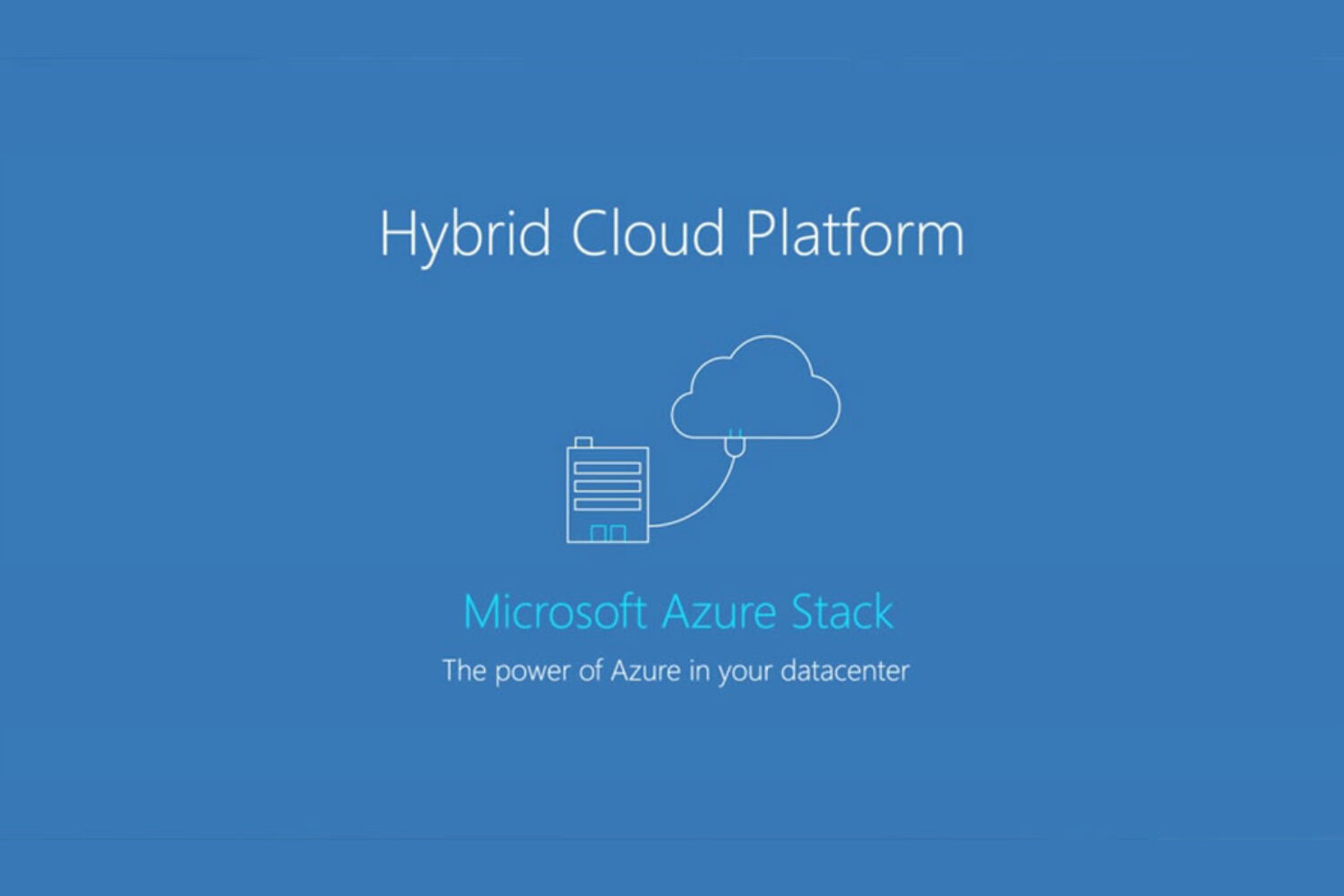Confused about Azure, Azure Pack or Azure Stack?
Azure, announced in 2008 and formally released in 2010, was originally designed to address the software as a service (SaaS), platform as a service (PaaS) and infrastructure as a service (IaaS) markets, supporting a wide range of disparate programming languages, tools and frameworks, including Microsoft-specific as well as third-party software and systems.
The next release of the Azure product line, Azure Pack is a collection of Microsoft Azure technologies available to Microsoft customers at no additional cost. It integrates with Windows Server, System Center, and SQL Server to offer a self-service portal and cloud services such as virtual machine hosting (IaaS), database as a services (DBaaS), scalable web app hosting (PaaS), and more.
In March 2017, Microsoft announced the release of the Azure Stack. Azure’s primary objective is to deliver via the cloud innovative applications that will help businesses accelerate growth and provide an improved customer experience. In its most recent release, Azure will also now support client on premise or hybrid models. All offerings will be available as part of Microsoft’s “pay-as-you-use” pricing models.
Like many other software and technology companies it has been a race to the cloud for Microsoft. Microsoft users have been inundated with Ignite, Office 365, and Azure, new versions of Windows Server, SharePoint, Exchange, SQL Server and later this month Microsoft Teams will also be released… As with other companies, while cloud first is the future, migration and increased cloud revenue has been slow to follow. The next logical step in the adoption process has been to begin including cloud features, functionality and benefits to clients with on premise platforms and continue to exercise a “pay-as-you-use” licensing model.
Still Confused? When considering which Microsoft Azure approach is best suited for your organization, contact us for an independent, vendor neutral best practice recommendations at (707) 963-5418.


